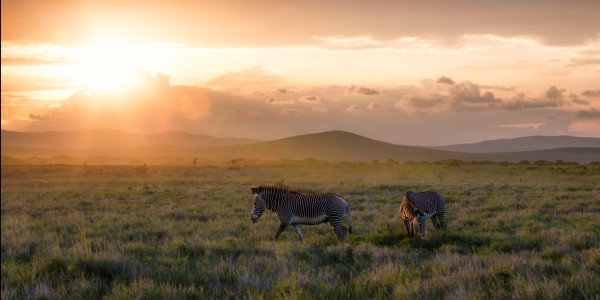Molecules in mud: Reconstructing Neogene Hominid Environments from Molecular Biomarkers in Terrestrial and Marine Sediments
Today, humans rely on grasses like corn, wheat, and rice as a primary food source and for feeding livestock. Our dependence on grasses as a food source has deep roots in our evolutionary history: we evolved in concert with grasslands in Africa over the past 7 million years. Despite the well-documented association between human evolution and grasslands, little is known about their origin in Africa. When and how did grasses rise to ecological dominance?
In this talk, I will present isotopic evidence that shows C4 grasslands spread across Africa in the late Miocene. Prior to the appearance of C4 grasses at ~10 Ma, isotopic methods for differentiating grasses and woody vegetation are not useful because both plant functional types utilized the C3 photosynthetic pathway. To address this challenge, new methods are needed to explore the history of grassland evolution in Africa.
I will describe emerging techniques for reconstructing past ecosystems, including vegetation and fire—the latter of which plays a key role in maintaining modern grasslands—using non-isotopic methods. These new biomarkers approaches, combined with existing isotopic methods, can be used to reconstruct the rise of grasslands in Africa and explore the relationships between climate, ecosystem, and evolutionary change.
Host: Bronwen Konecky
Register to Attend via Zoom